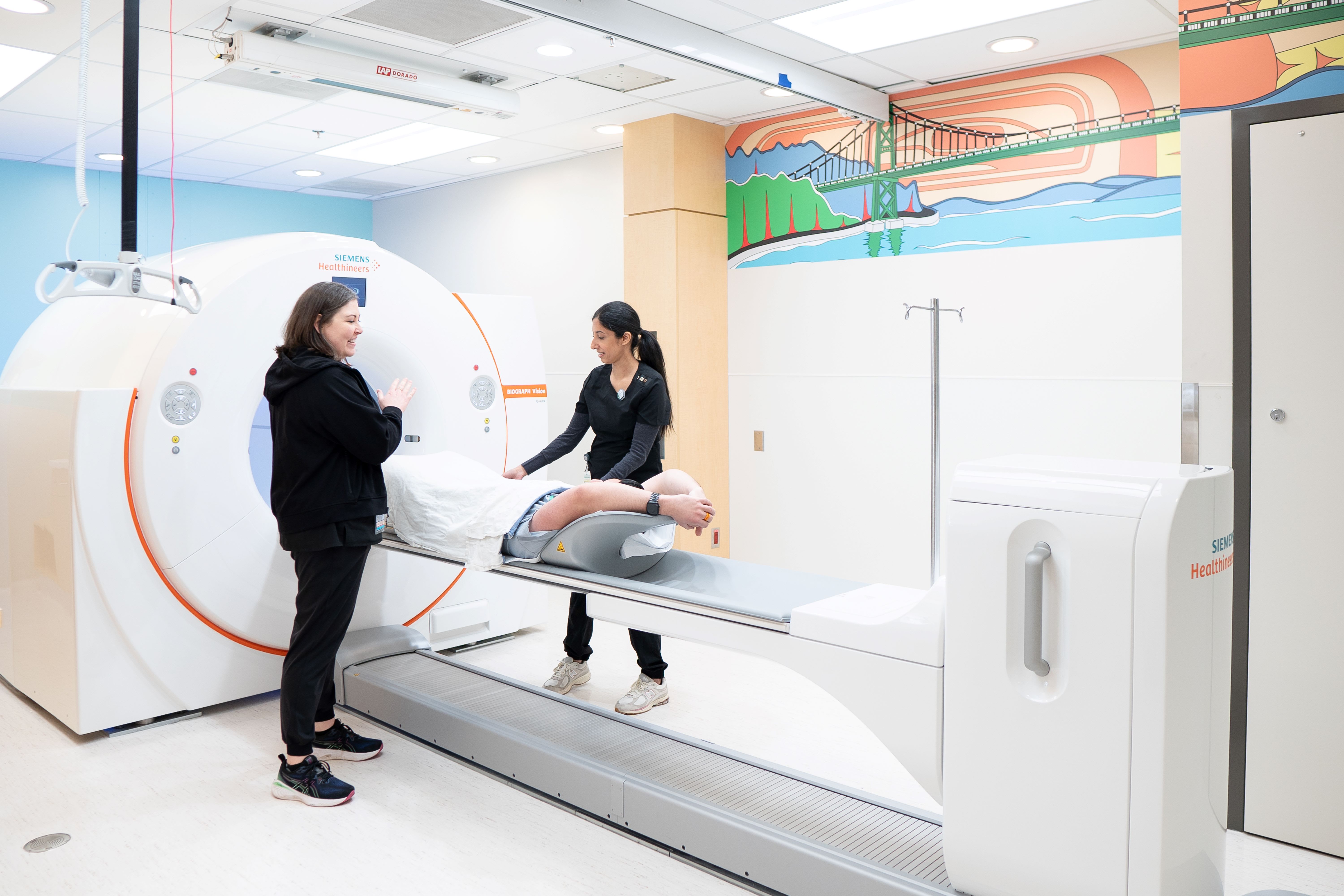VANCOUVER, B.C. – BC Cancer Agency scientists have decoded the genetic make-up of triple negative breast cancer, which could lead to more effective treatment.
The study, published online today in the international journal Nature, reveals that this form of cancer is not one distinct single entity, but an extremely complex and evolved tumour with an unprecedented range of mutations.
Operating with the complexity of a mini ecosystem, triple negative breast cancers’ evolution before diagnosis may explain its ability to evade current therapies, earning it the distinction as the deadliest form of breast cancer.
BC Cancer Agency researchers, working with colleagues at the University of British Columbia, Cross Cancer Institute of Alberta and Cancer Research UK/University of Cambridge, unmasked this evolving cellular “ecosystem” and can now estimate how the genetic mutations evolved prior to diagnosis.
Named for what it isn’t, triple negative breast cancer is currently defined by three missing cancer-causing proteins (the estrogen receptor, progesterone receptor and ERBB2 receptor), compared to other breast cancer subtypes.
Triple negative breast cancer is currently treated as if it’s a single disease, yet it’s clear from this study that patients’ tumours vary drastically across a spectrum of cellular mutations involved in the cancer’s development. Currently, triple negative breast cancer accounts for 16 per cent of all breast cancer diagnoses and approximately 25 per cent of breast cancer deaths.
This discovery builds on Dr. Sam Aparicio’s landmark study of 2009 (Nature) that showed for the first time how genome sequencing can be used to follow the evolution of breast cancers.
In approximately 20 per cent of cases studied, the tumours revealed groupings of genetic mutations that already have potential clinical treatment options in the pipeline. This leads researchers and clinicians toward a future where patients’ tumours could be sequenced as a means to better direct targeted therapies.
Pinpointing the exact cellular mutations involved is an important first step in understanding why patients respond differently to treatment. More effective treatments come from being able to identify and target the genetic factors that play a role in the cancer’s growth.
This discovery implies that researchers and clinicians won’t fully understand triple negative breast cancers until they are studied through routine sequencing. In fact, the study suggests there is value in looking at patients’ responses to treatment based on their tumours’ genetic features.
Scientists and clinicians are working toward a future of personalized medicine, supported by regular collaboration with the Michael Smith Genome Sciences Centre, to unlock the genetic clues about the causes and spread of cancer. The newly discovered cancer-related genes and mutation patterns from this research could become the targets for more effective treatments or the markers for a more personalized diagnosis.
This study was carried out in collaboration with Drs. Damaraju and Mackey at the Alberta Cancer Research Biorepository/CBCF Tumor Bank. The research was generously supported by the BC Cancer Foundation, Canadian Breast Cancer Foundation – BC/Yukon Region and Prairies/NWT Region, Alberta Cancer Foundation, Alberta Cancer Prevention Legacy Fund and Alberta Innovates-Health Solutions, Michael Smith Foundation for Health Research and Cancer Research UK at the University of Cambridge.
Quotes:
Dr. Sam Aparicio, study lead, Professor, Dept. Pathology and Lab Medicine UBC; BC Cancer Agency Chair of Breast Cancer Research
“Our results show that triple negative breast cancer is not just one uniform subtype of breast cancer; it’s actually extremely complex, with each cancer at a different stage in the evolutionary process at the time of diagnosis, which helps to explain why patient responses to treatment differ greatly,”
“What’s extremely motivating with these findings is the opportunity to design clinical trials for patients with triple negative breast cancer so we can explore patient responses to treatment at the genetic level and look at ways to improve therapies and outcomes for patients.”
Dr. Marco Marra, study co-lead, Director, BC Cancer Agency’s Genome Sciences Centre; Professor, Dept. of Medical Genetics, UBC
“Its tremendously exciting for the Michael Smith Genome Sciences Centre to be a part of this landmark work, which offers new and important insight into the genetic diversity that characterizes this terrible disease.”
Professor Carlos Caldas, study co-lead, senior group leader at Cancer Research UK’s Cambridge Research Institute and the Department of Oncology, University of Cambridge
“As the current work shows, future sequence-guided clinical trials will require collaborations between major cancer centers able to recruit the required numbers of patients from an increasingly better defined disease. That is now one of the priorities of the Breast Cancer Program in Cambridge.”
Dr. Sohrab Shah, study co-lead and scientist, BC Cancer Agency; Assistant Professor, Dept. of Pathology and Computer Science, UBC
“Our study shows that insights from mathematical and computational models of evolution in cancer patients, informed by precise genetic measurements will be required for future translational research in cancer.”
Dr. Samuel Abraham, VP Research, BC Cancer Agency
“Revelations such as this show that the support of research is critically needed in providing necessary insights that will someday change outcomes in this cancer as with other cancers linked to a poor prognosis.”
Douglas Nelson, President and CEO, BC Cancer Foundation
“This is an exciting advancement for such a deadly form of breast cancer, which brings hope to BC Cancer Foundation donors, who have generously supported leading-edge breast cancer research at the BC Cancer Agency.”
-30-


